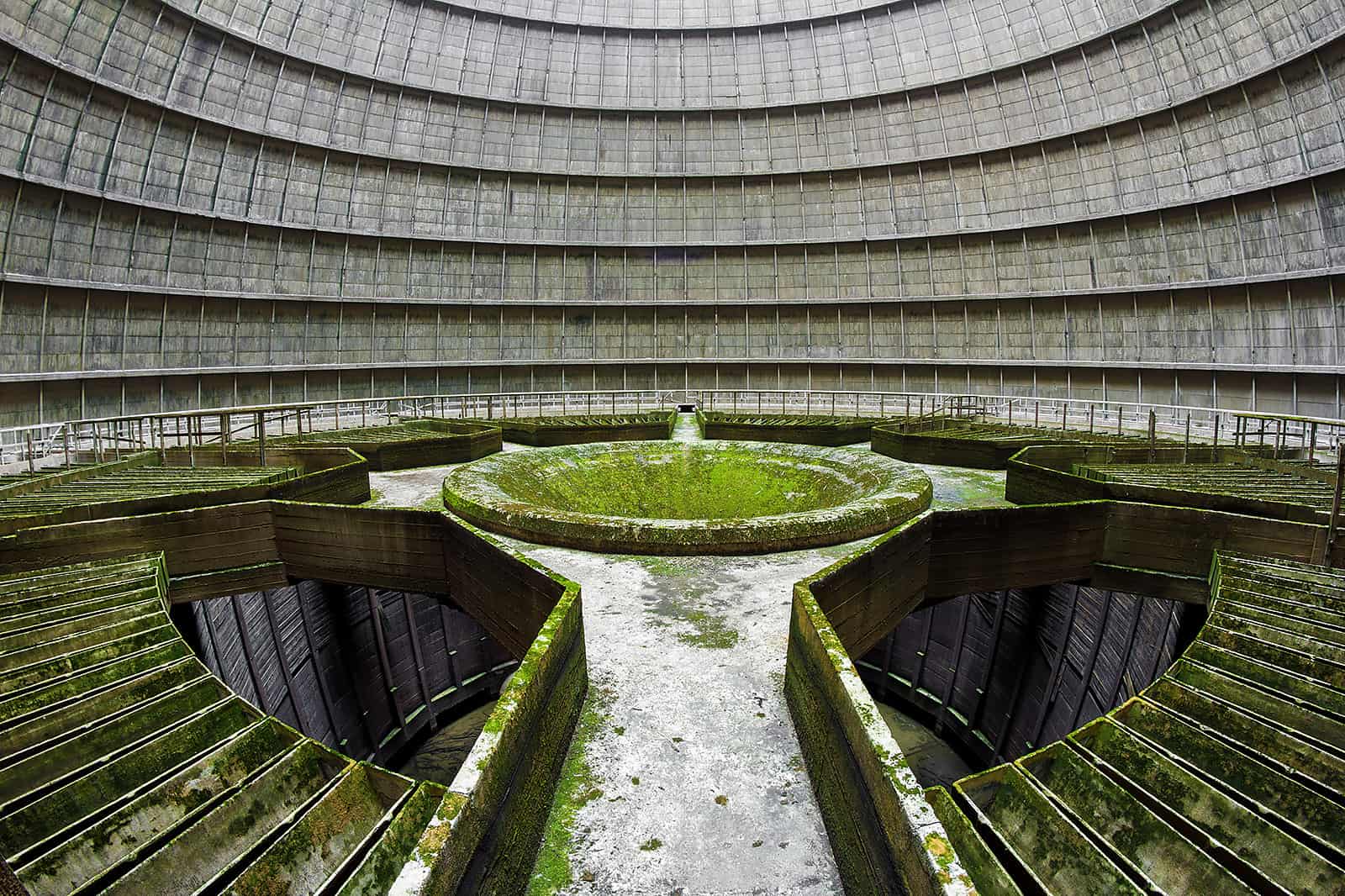
One approach to solving the interdependency of energy and water is to develop water-lean energy systems. For example, as noted earlier, newer, more efficient natural gas combined-cycle power plants release fewer emissions and require less water than less efficient, conventional coal-fired power plants. Overall, the switch from a traditional coal plant to a new natural gas combined cycle can cut the life cycle water intensity in half, despite the water requirements for fracking.
New techniques in the extractive industries eliminate the need for freshwater, such as waterless fracking or using effluent or saline water instead. Nitrogen-based solutions and propane gels can also be used instead of water to fracture the formations.1Kate Galbraith, “Waterless Fracking Makes Headway in Texas, Slowly” Texas Tribune, March 27, 2013. After injection into the shale, these propane gels evaporate into propane gas and escape from the well with the other gases that are being produced. The gaseous propane can be captured along with the other gases and used again in gel form or sold as a fuel. While some producers have demonstrated this idea, injecting flammable materials deep underground at high pressures introduces risks that must be managed.
Image Credits: Lennart Tange/CC BY 2.0.
Update your browser to view this website correctly.Update my browser now